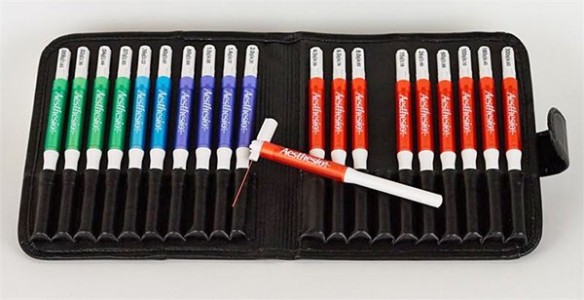Authors
M Alsalem, M Haddad, SA Aldossary, H Kalbouneh et al
Lab
Faculty of Medicine, The University of Jordan, Amman, Jordan
Journal
Inflammopharmacology
Abstract
Osteoarthritis (OA) is characterized by cartilage degeneration, subchondral sclerosis, and pain. Cannabinoids have well-established anti-nociceptive properties in animal models of chronic pain. The aim of this study is to evaluate the anti-nociceptive effects of synthetic cannabinoids (WIN-55,212 and HU210) and the cannabinoid-like compound palmitoylethanolamide (PEA) in rat models of OA and to assess the role of cannabinoid receptor 1 (CB1) and the peroxisome proliferator-activated receptor _ (PPARalpha) in mediating these effects. Intra-articular injection of monosodium iodoacetate (MIA) in the knee joint was used as a model of osteoarthritis. The von Frey filament test and weight-bearing difference were used to assess the anti-nociceptive effects of WIN-55,212, HU210, and PEA on MIA-induced OA in rats. Open-field locomotor activity system was used confirm the analgesic effects of those compounds. HU210, WIN55, 212, and PEA in a dose-dependent manner restored the paw withdrawal threshold (PWT) and the weight-bearing difference induced by MIA injection. SR141716A (a CB1 antagonist) significantly reversed the anti-nociceptive effects of all the administered drugs in terms of PWT. However, in terms of weight-bearing difference, SR141716A significantly reduced the anti-nociceptive effect of HU210 but not PEA or WIN55, 212. GW6471 (a PPARa;pha antagonist) significantly reversed the anti-nociceptive effects of PEA but not those of HU210 or WIN55, 212. HU210, WIN55, 212 and PEA significantly restored the MIA-induced reduction in locomotor activity. In conclusions, both CB1 and PPARalpha receptors are involved in mediating pain in osteoarthritis. Therefore, targeting these receptors may be of great clinical value.
BIOSEB Instruments Used
Von Frey Filaments (Bio-VF-M)
Source :
https://link.springer.com/article/10.1007/s10787-019-00584-7

 Pain - Thermal Allodynia / Hyperalgesia
Pain - Thermal Allodynia / Hyperalgesia Pain - Spontaneous Pain - Postural Deficit
Pain - Spontaneous Pain - Postural Deficit Pain - Mechanical Allodynia / Hyperalgesia
Pain - Mechanical Allodynia / Hyperalgesia Learning/Memory - Attention - Addiction
Learning/Memory - Attention - Addiction Physiology & Respiratory Research
Physiology & Respiratory Research











![Dynamic Weight Bearing 2.0 – Postural Module [Add-on]](https://bioseb.com/733-home_default/dynamic-weight-bearing-20-add-on-postural-module.jpg)
























 Pain
Pain Central Nervous System (CNS)
Central Nervous System (CNS) Neurodegeneration
Neurodegeneration Sensory system
Sensory system Motor control
Motor control Mood Disorders
Mood Disorders Other disorders
Other disorders Muscular system
Muscular system Joints
Joints Metabolism
Metabolism Cross-disciplinary subjects
Cross-disciplinary subjects CONFERENCES & MEETINGS
CONFERENCES & MEETINGS 